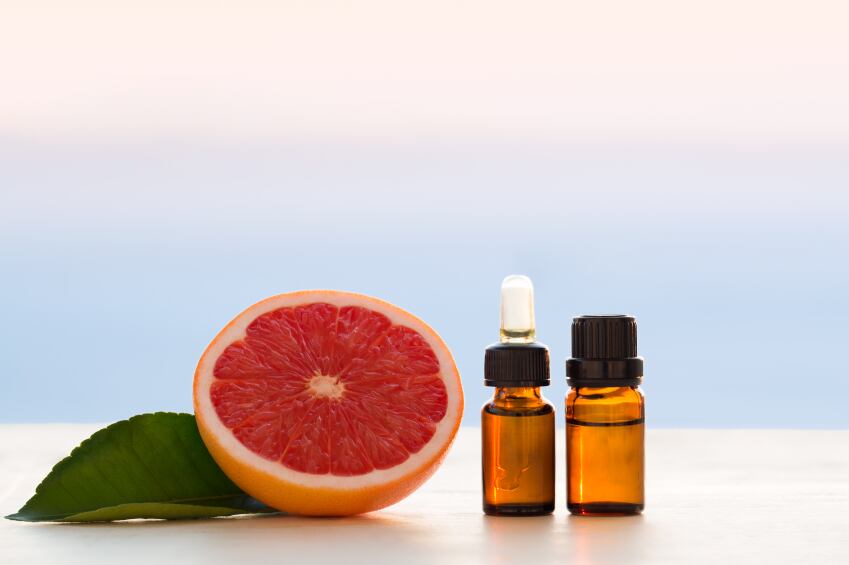According to data from an upcoming report by Future Market Insights, the European citrus flavour market was worth around €2,410 million in 2015, and growth rates are expected to rise by by 4.8% in Western Europe in the next ten years.
Popular categories are beverages and sweets such as fruit gums, ice cream and chocolate candy. FMI analyst Vipassa Kakroo told FoodNavigator: “Citrus flavour mixes such as lemon and ginseng, are booming in European soft drinks. Mint citrus sweet flavour is most common for confectionery and candy [while] citrus infused beer with lemon and lime variety and zesty grapefruits flavours are also very common along alcoholic beverages.”
According to Mintel data, 4.9% of food and drink products launched in Europe in 2015 had a citrus fruit flavour – up from 4.5% in 2011 – and a look at some of this month’s new product launches for the beverage category confirms this, with citrus blends such as apple. lemongrass and lemon; mango with a twist of lime; lemon and mint; and passionfruit and orange.
Healthy associations
Together, North America and Western Europe accounted for over 54% of the total citrus market share in terms of value by end of 2015, and FMI puts this growing popularity down to the rise of the health-conscious consumer – although it is perhaps more a case of perceived health benefits associated with the fruit than actual nutritional benefits present in the flavourings.
“Even the natural flavours contain very [few] nutritional benefits, [but] there are few manufacturers – Prinova USA, Growco USA – who are into production of customised flavours these companies manufacture citrus flavours fortified with vitamin C as per customer requirements,” Kakroo said.
Supply side

Technical advances have also been changing the supply of citrus flavours, particularly grapefruit flavour nootkatone, which is one of the most expensive and challenging ingredients to source in the world. It requires around four tonnes of grapefruit to create one kilogram of extracted nootkatone.
Last year, Swiss biotechnology firm Evolva has introduced its nootkatone citrus flavour and fragrance ingredient made via microbial fermentation of sugar, while Oxford University researchers at Oxford Biotrans announced they had developed an enzymatic process to create nootkatone from valencene. Both are molecularly identical to the natural version that is extracted from grapefruit skins.
However it cannot be labelled natural grapefruit flavour as EU Regulation 1334/2008 stipulates that a natural flavouring must contain at least 95% of the named ingredient. Oxford Biotrans says their version can be labelled as a natural flavouring, but even if consumers have problems squaring a synthetic flavour with a natural label, the flavour will still be profitable even if labelled as synthetic.
CEO Jason King said last year: “The worst case scenario still looks good to us…Even the synthetic is highly priced.”
However, Kakroo believes this distinction is probably lost on most consumers. “Biotech flavours are at the early stage of development. They can replace some natural flavours like citrus being manufactured with a controlled environment and lower cost. The fact that they justify ‘natural flavour’ labelling it is [an] add-on prospect for manufacturers. Consumers are not aware of biotech flavours but they are definitely aware of natural flavours.”
What does artificial look like?
Meanwhile a German court ruling last year, which stated that manufacturers should not be allowed to show a picture of a lemon on a product’s packaging if the lemon flavour was artifical had food manufacturers wondering how to depict artificial flavouring.
But food lawyer at Food Compliance International, Sebastián Romero Melchor, said the ruling did not necessarily mean that they would not be allowed to show a picture of a lemon if the lemon flavour was artificial. “A mere picture of a lemon, without other potentially misleading elements may not be considered misleading per se. For more certainty manufacturers could also emphasise in the label that the flavour is artificial,” he said.
